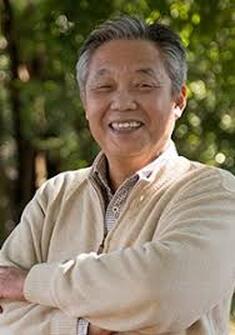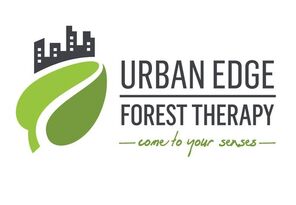 Dr. Yoshifumi Miyazaki spoke yesterday at the Japan Society, describing his findings about seeking wellness through nature. Miyazaki coined the term “forest therapy” in 2003 as a way to convey the essence of the Japanese term “shinrin-yoku” (forest bathing). Miyazaki is generally considered the father of Forest Therapy. His key insight is that the human body is made for nature. Humans evolved over a 6-7 million year period; the time since the Industrial Revolution—that is, the introduction of the urban world—represents just .01% of that time span. Urbanization has led to overwork for our brains and bodies; nature offers a return to a calming normal state. Miyazaki has supported this finding with abundant, seminal research, both in laboratory and field experiments. In one lab study, the presence of merely a bouquet of roses on a desk resulted in a calming effect on the brain’s prefrontal cortex activity. A similar effect resulted from the scent of air-dried wood chips. Similarly, a calming effect was identifiable when a subject viewed an image of forest scenery versus city scenery and when a subject’s hand ran over uncoated wood versus wood featuring urethane and other finishes. Field experiments produced similar results. Parasympathetic nervous activity, which helps with relaxation and slows the heart rate, increases in forests, both from 15 minutes of viewing a forested area versus an urban area and from 15 minutes walking in a forested area versus an urban area. Likewise, the stress hormones Cortisol and Adrenaline decrease when humans view or walk in forested settings. Notably, these measures, as well as blood pressure and pulse rates, remain reduced for several days following a few hours in a forested area. Miyazaki also reported on his studies of the impact of nature therapy for depressed and highly stressed people. There too, even a Bonsai tree or bouquet of flowers sitting on a desk had a favorable impact. The favorable impact was felt by healthy people (with a 15% improvement in parasympathetic nervous activity); however, in highly stressed people the improvement was nearly 100%. Miyazaki's findings are a reminder that the benefits of Forest Therapy are available to almost everyone. While access to a park or garden, or of course a rural setting, is desirable, his research shows that significant improvements in physiological relaxation are achievable even with the presence of essential oils, recordings of natural sounds, natural wood products, and flowers and other house plants. Interested in learning more about Dr. Miyazaki's findings and recommendations? Check out his book, The Japanese Art of Forest Bathing.
0 Comments
Leave a Reply. |
About this Blog
Hi! I'm Nancy Kopans, founder of Urban Edge Forest Therapy. Join me on an adventure to discover creative ways to connect with nature in your daily life, ways that are inspired by urban surroundings that can reveal unexpected beauty, with the potential to ignite a sense of wonder. Archives
April 2023
Categories
All
|

 RSS Feed
RSS Feed